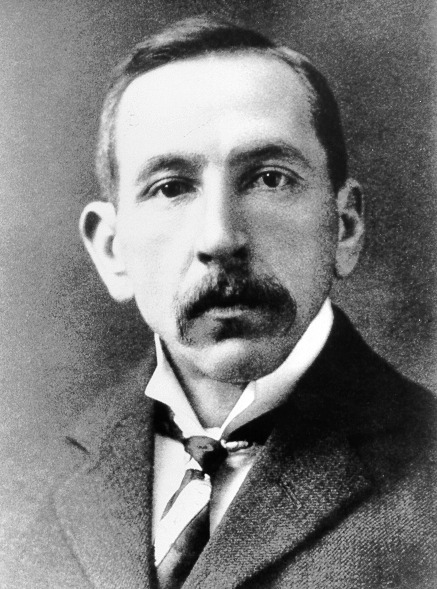 |
| William Kinsey Bolton - National Library of Australia, nla.pic-an23251721 |
William Kinsey Bolton, CBE, VD (1860-1941) was born in Cheshire in England. He migrated to Victoria in 1868. 10 years later he joined the Southern Rifles, a militia group. He received a commission in 1891, and led the officers' rifle team to victory during the Federation celebrations in 1901. By the outbreak of the First World War, Bolton was Commanding Officer of the Ballarat based 70th Infantry, and in August 1914, he was appointed commander of the 8th Battalion, which was largely recruited from Ballarat and country Victoria. He was already an older man and not in great health, but he was determined to go to the War. Unfortunately after participating in the early ANZAC battles, including in particular, that at Krithia, by 22nd May 1915, Bolton's health had deteriorated to such an extent that he was replaced as Commanding Officer by Lieutenant Colonel Charles Brand. There is a rather tragic letter written by him, included in his service records: the strenuous work of the last 3 weeks has been too much for a man of my years...I am broken in body and mind: the horrors at Aitchi Baba [sic] were more than I could stand... As the first CO of the 8th Battalion, Bolton established the standards which were to carry the battalion through later campaigns, and also achieved the enduring reputation of being a CO forever solicitious of his troops' welfare. (1)
Bolton returned to Australia, and received a hero's welcome in Ballarat. Later he was elected to the Australian Senate, serving from 1917-1923. In 1918 he was awarded the CMG, and retired from the Army with the rank of Honorary Brigadier-General.
He was the first President of the Ballarat branch of the RSL (Returned Sailors and Soldiers League) and the founding Federal President of the RSL, a position he held from 1916 until 1919.
There is a more detailed biography at the Australian Dictionary of Biography of Bolton, indicating the positives and negatives of his career. He was accused of cowardice at Gallipoli, but he was able to refute all those claims.
(1) Austin, Ron Cobbers in khaki: the history of the 8th battalion 1914-1918











